What the H*** Did You Do To My Quail!?
As a kid I remember being told if we dug a tunnel through the earth, we’d come out in China. That intrigued me. But not enough to be much inspired to do so when it was just my Dad’s admonition to dig harder in order to get those post holes finished. Those post holes were quite enough for me but I wondered if those fancy-schmancy mechanical diggers sitting in the show room of the implement store would do the trick. I didn’t dare ask, but I thought about it. Based on my Dad’s consistent “they sure think a lot of these things” every time he looked at one and saw the price (which was every time we went in), I thought for certain they should at least be able to get a person half-way. At age 13 when I knew just about all there was to know about the world, I realized the earth was a really big hunk of dirt and those mechanical diggers could not land me anywhere near China. Boy was I glad I never inquired of the salesman about their capacity to handle such a task. And if my Dad had known the question dancing on the tip of my tongue every time we went in, he’d have been glad too.
It was about this time we studied China in Social Studies. All I remember is the amount of people the teacher drummed on about, and the food. The food intrigued me. We didn’t eat much rice. I painfully recall an incident whereby my Dad brought home quail for dinner. As I stood over the sink carefully digging out the pellets so no one would break a tooth, I had a flash of Home Economics genius. Tonight instead of frying it, I’d bake it nestled onto a bed of rice! I served it in a nice Pyrex pie plate — all golden brown and bubbly from the Cream of Mushroom soup I’d brilliantly used — Betty Crocker would have been proud. “What the heck did you do to MY quail?!” He didn’t say heck. And he was not impressed one bit by the presentation.
While I managed to slip rice into our meals on occasion after that (I frequently was the family cook), it was many years before I experienced Chinese food. I loved it and therefore was under the notion I knew a few things about the cuisine. Until I actually went to China. As is so often the case with my knowledge base, I was in for a few surprises.
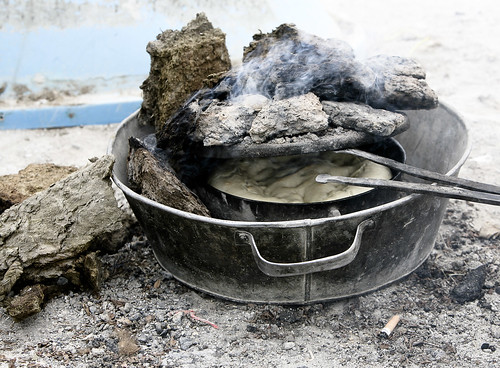
Yak Dung bread. Someone asked if I really ate Yak Dung bread. The Yak Dung was not an ingredient IN the bread, rather the “wood” that held the heat that baked it in the pan on the ground. You can see the dried Yak Dung smoldering. We did however dip the bread into Yak Milk Chai Tea. I fantasize about that culinary experience and have weighed the cost of a ticket to procure a slab of that bread.
I won’t laugh out loud if you tell me you’re a vegetarian or a vegan headed to China, but I will tell you if a trip to China is in your forecast, be prepared for some foot work before you eat. They’re way behind us in the area of privileged non-meat food availabilities (so Americans be thankful for the food choices we have), so meat and meat products are staples. Even bowls of noodles frequently contain tiny chunks of meat. So if you’re a vegetarian or vegan, you might want to pack a smaller size pant for the return trip. How bad is that?! P.S. I am not a vegetarian or vegan. I was raised on a cattle ranch. In my opinion, it would be a rather arrogant stance for me to take considering I’m not even one generation removed from living off the land. My Dad would say something like “who do you think you are”? Besides, I LOVE beef. Today my Dad holds down the fort even though his 3 best hands grew up and moved away. Now we all buy our beef from him!
The basic procurement of meat that was so blatantly visible didn’t faze me. Growing up we raised our own meat — chickens, rabbits, pigs, cattle. I know the entire process well of getting something from the “hoof” to the table. It was the FISH “slaughterhouses” that got me. Squiggling buckets of slithering inky mounds of unidentifiable objects that belonged back in the water, unsettled me. My son and I entered one not realizing once inside we had to walk all the way through as we couldn’t stomach the thought of taking the time to turn around. People sitting over buckets “skinning” what appeared to be the tiniest of eels had the tune of Psycho screeching through my head. I tried to not look, but the concrete floor was even more unsettling and to make matters worse, the stall proprietors held things out for us to examine as we passed. The irony here is I know I ate some of their wares in restaurants, and went on and on about how delicious it was. Whatever IT was.
The ratio of noodles to rice was great. The noodles were sublime and were on several days the only food we had. My son, there for approximately 18 months, ate noodles every day. While there are many variations, the general class of noodles is called La Mien. To see them “thrown”, a process whereby a huge chunk of the dough is twisted, pulled, whipped into the air like a circus act until the tiny strands magically separate and get tossed into a boiling pot of water with your name on it, was a highlight. My hands-down favorite dish? Boiled octopus and squid with bamboo shoots and other vegetables in a fiery sauce — Shuizhu Yu. Very Sichuan! And the dish I loved and could actually replicate at home? Ganbian Sijidou, Sichuan Green Beans — check out the recipe below. Other unusual things I ingested? Donkey Meat — to die for good, pan-fried Lotus flower — delicious and I regret terribly not taking a photo of it as it was a beautiful pinwheel of sorts, Boiled Pigeon — would die to avoid, mainly because of the gray, pallid, overall color, and skewered Lamb intestines cooked over a spit of sorts. Was a very big hit with the locals.
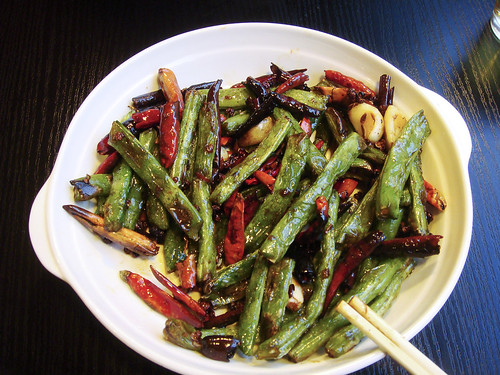
Sichuan Green Beans: Ganbian Sijidou. RECIPE: fresh green beans, garlic, peppers (of any sort or heat), more garlic, garlic salt, sichuan peppercorns. Heat wok until VERY hot. Add sesame oil. Then green beans. Stir fry until blistering. Add the garlic, garlic salt, and peppercorns for a moment at the end. Enjoy!
P.S. the sichuan peppercorns make the green bean dish what it is. Here’s where you can order them.
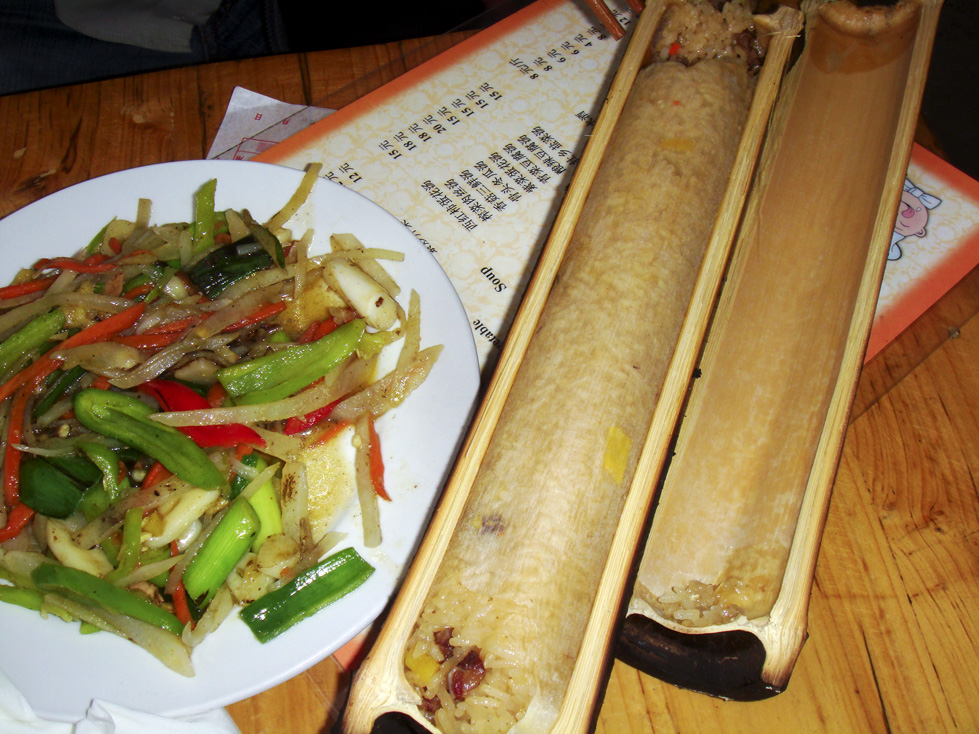
The rice was cooked in a slice of bamboo over an open fire. In the middle of the rice roll was meat and a slightly sweet chutney of sorts.
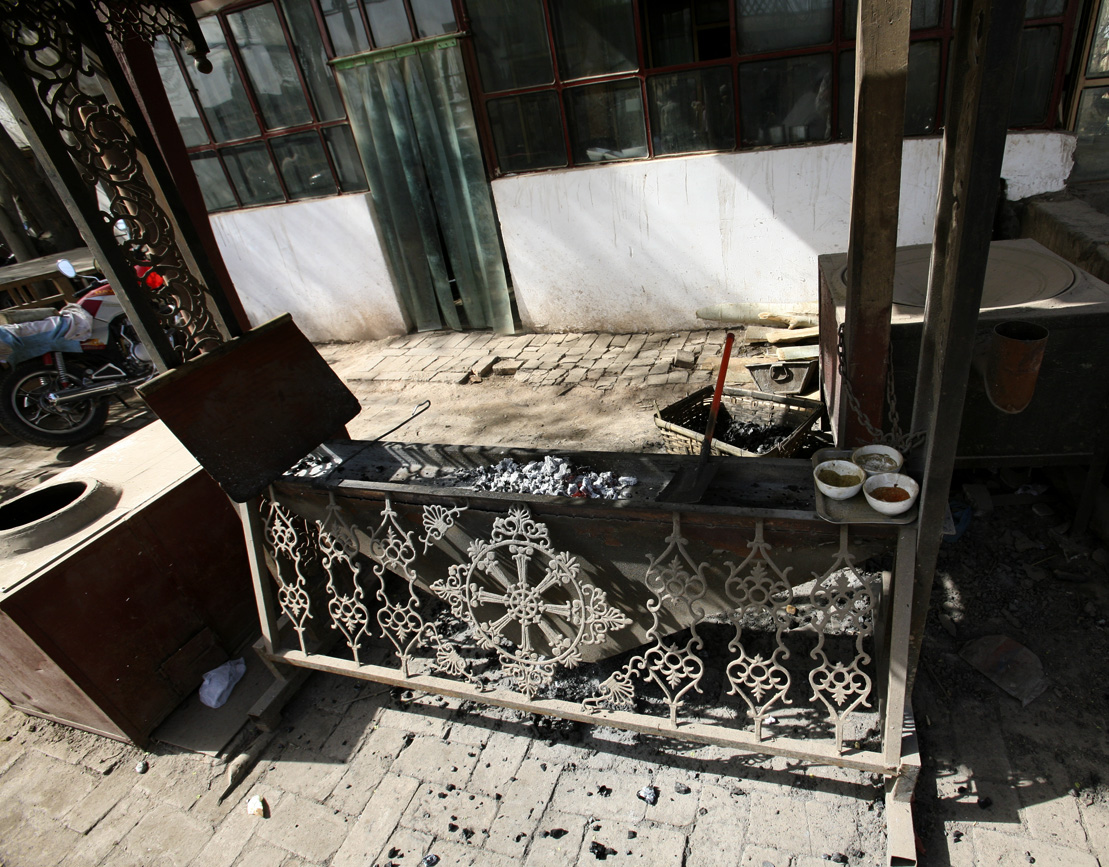
These were prevalent on the streets and corners and used to grill meat skewers — very popular with the locals and were fired up most all the day long. We didn’t know what to order and so got Lamb Intestines. They were rubbery but we made a gallant effort on them. Didn’t learn unti llater what we’d had. The light breading was tasty.
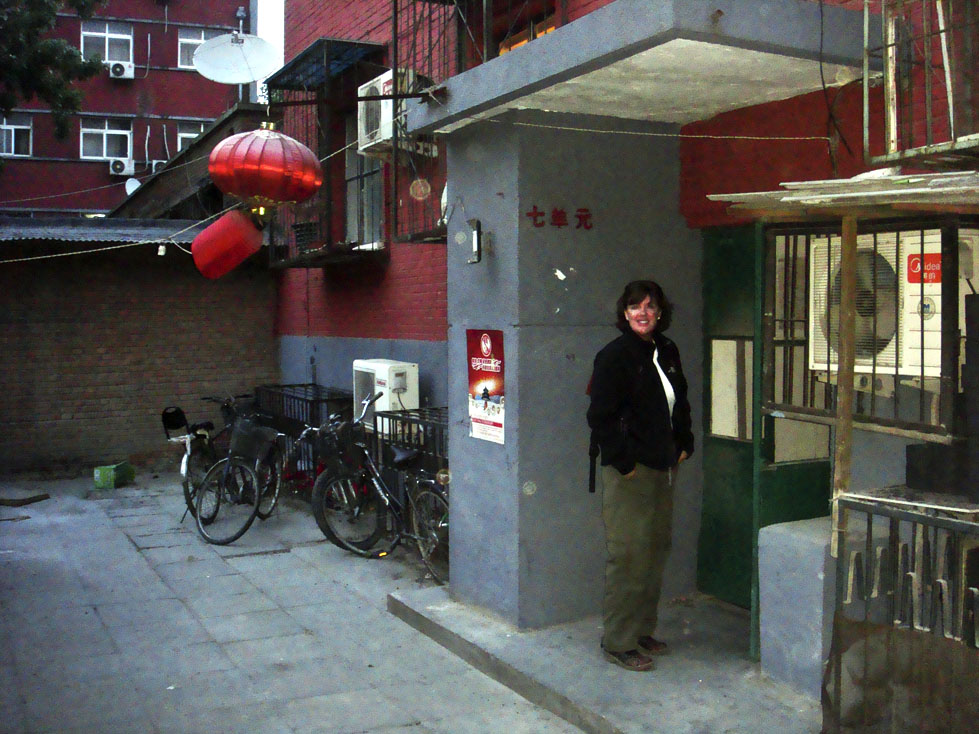
My favorite Beijing restaurant. In an alley, up a tiny flight of stairs, through the kitchen past the cook, and into a 10 person dining area. There was no front entrance. The front window overlooked the street. We watched people wondering how in the world we got in there. My son had discovered it on his first stay in Beijing. The picture of Sichuan Green Beans came from this restaurant.
The food advertising was, ummmm, unusual. Here’s a few examples. I believe the disconnect evident in these posters was due to the fact fast food is a relatively new phenomenon. Additionally, they’ve learned Westerners love burgers and pizzas. They just don’t have the targeted message down pat, yet.
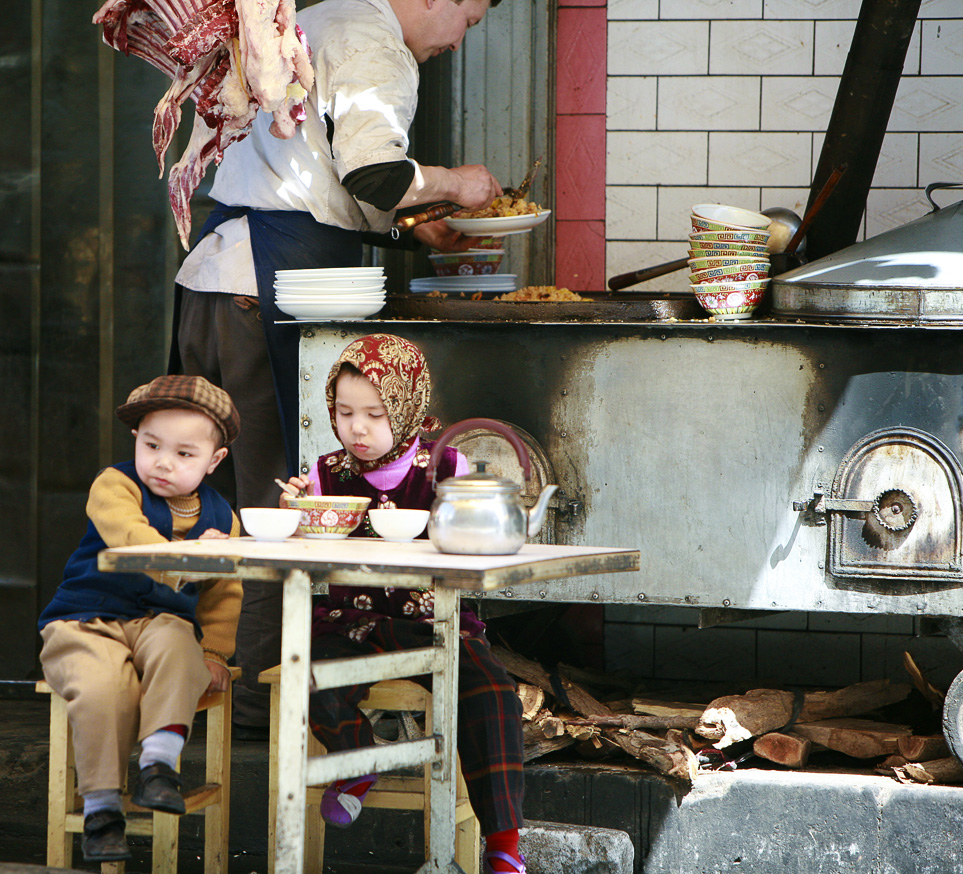
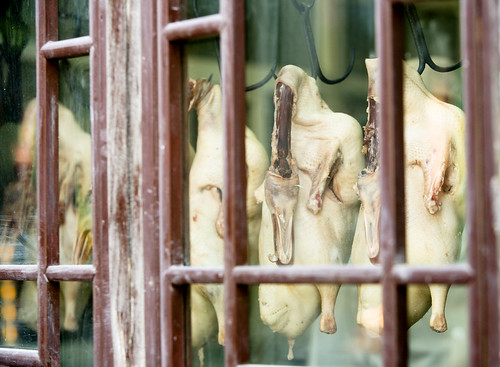
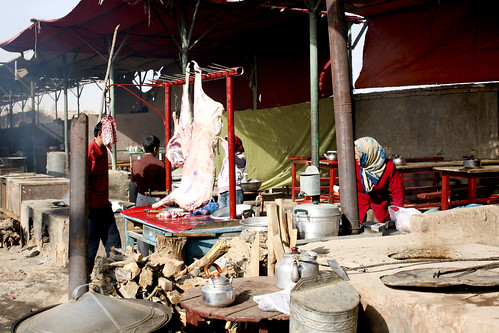
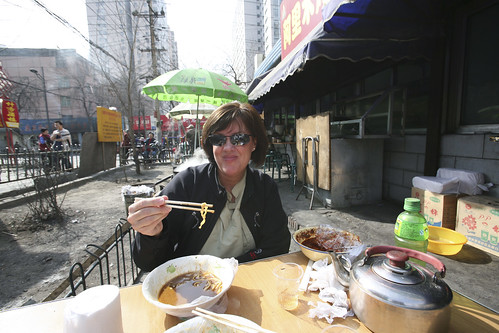
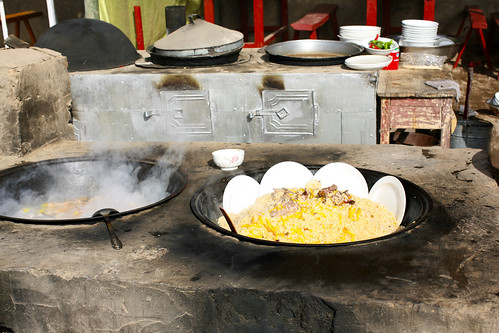
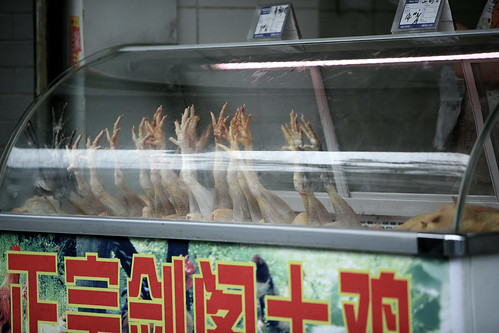
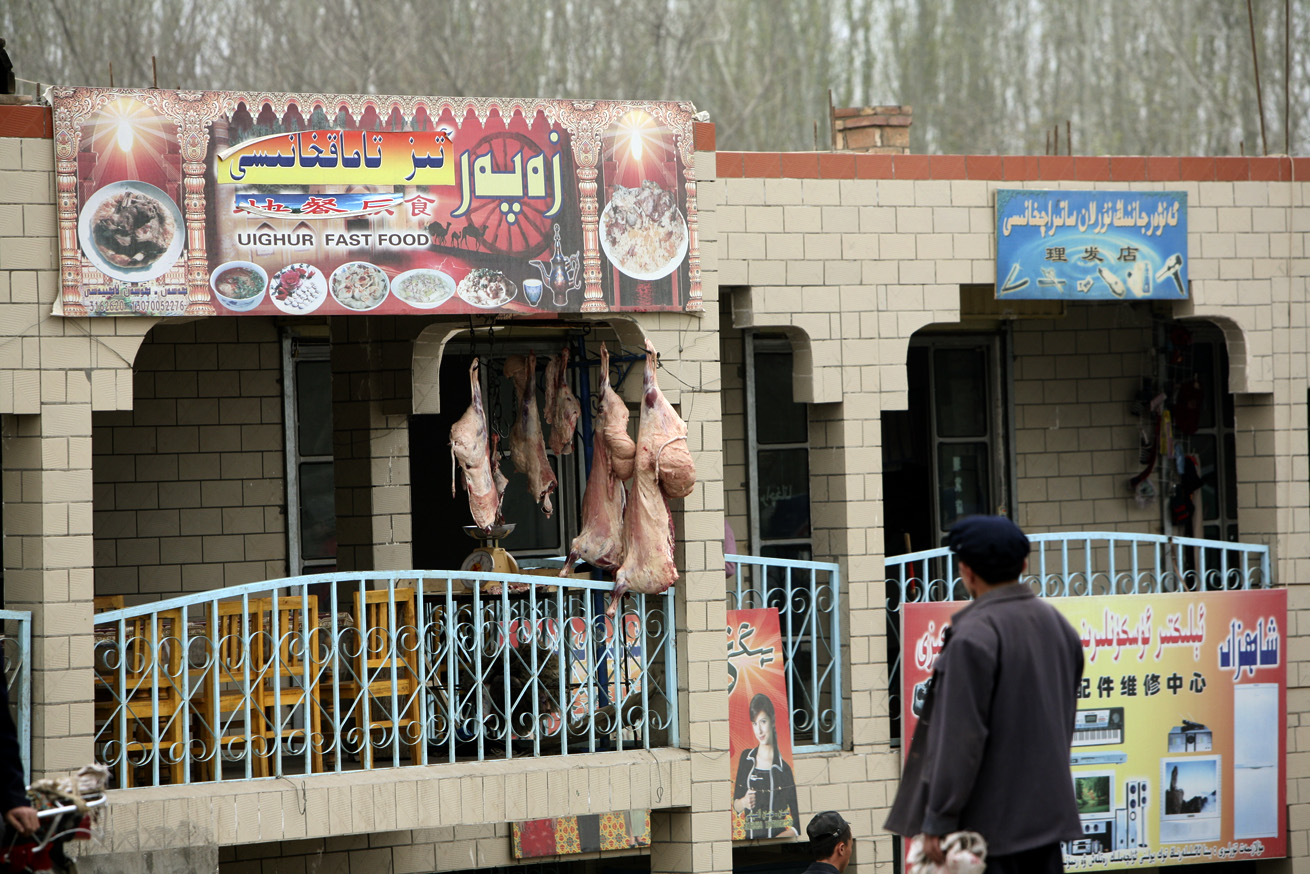
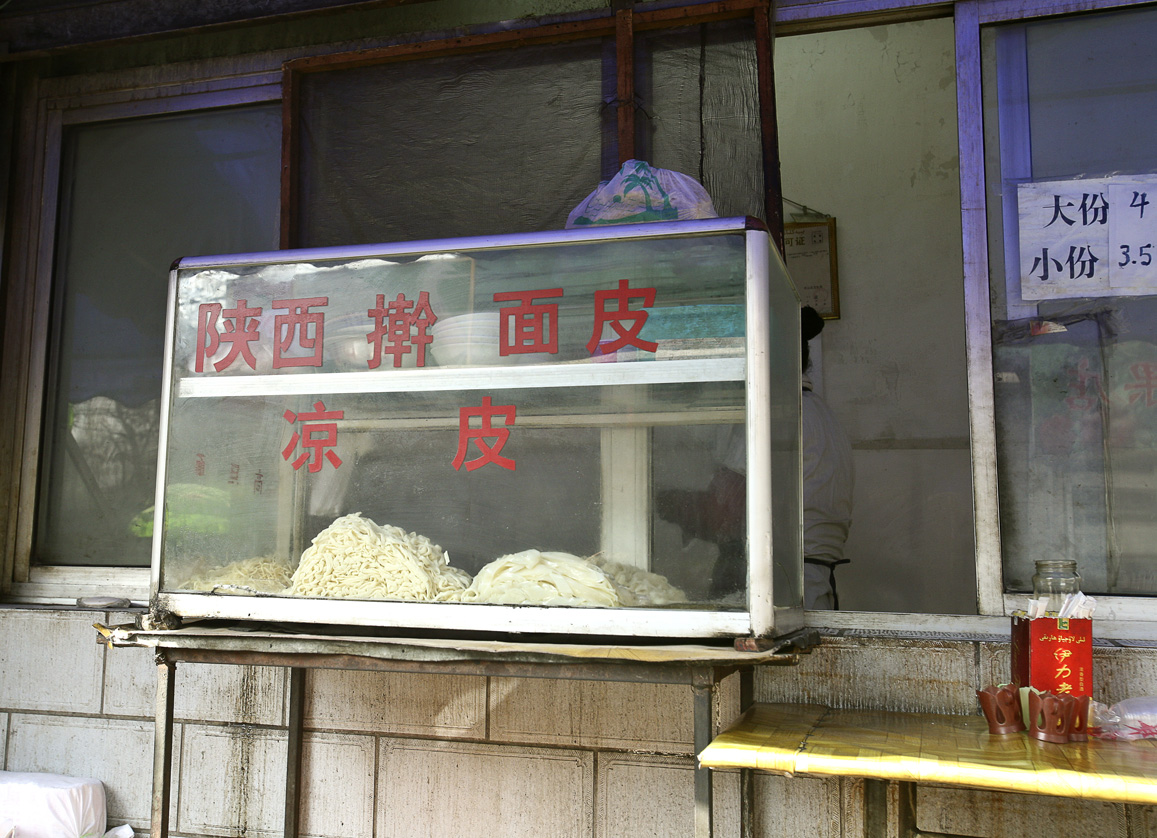
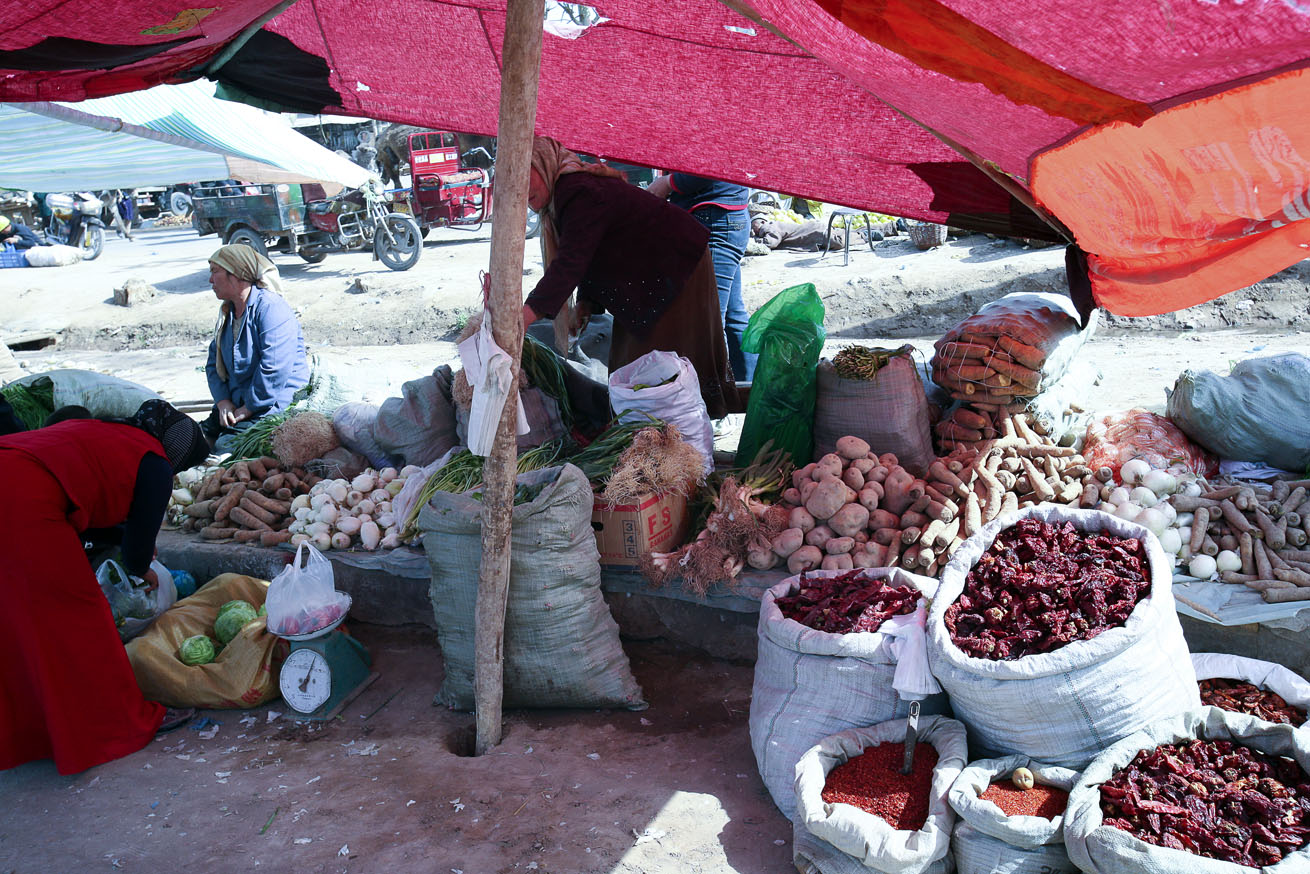
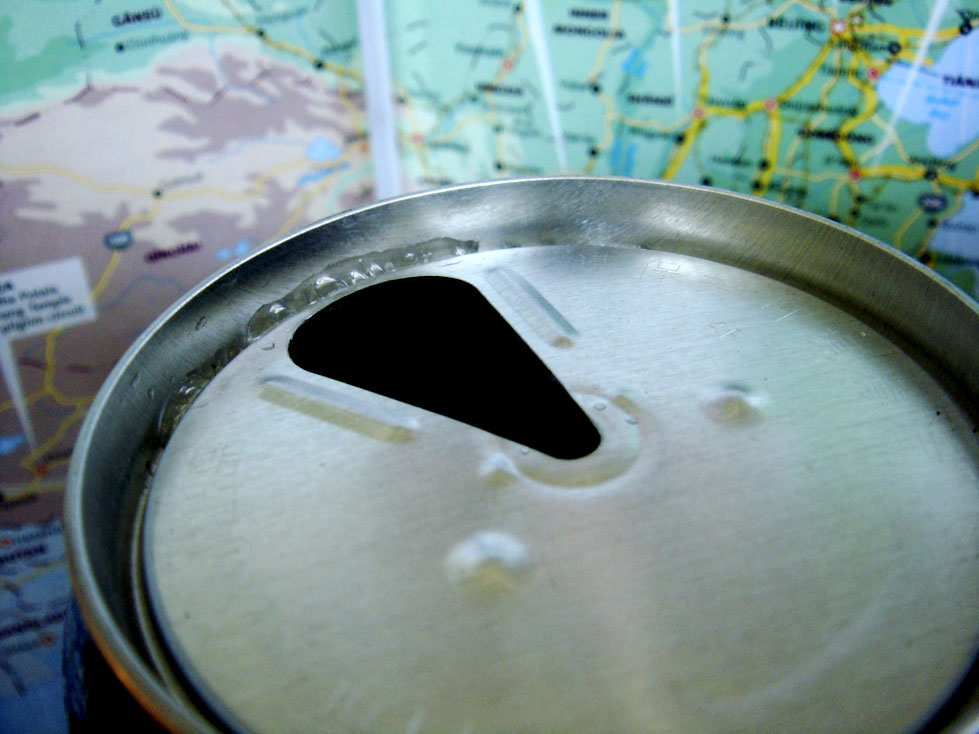
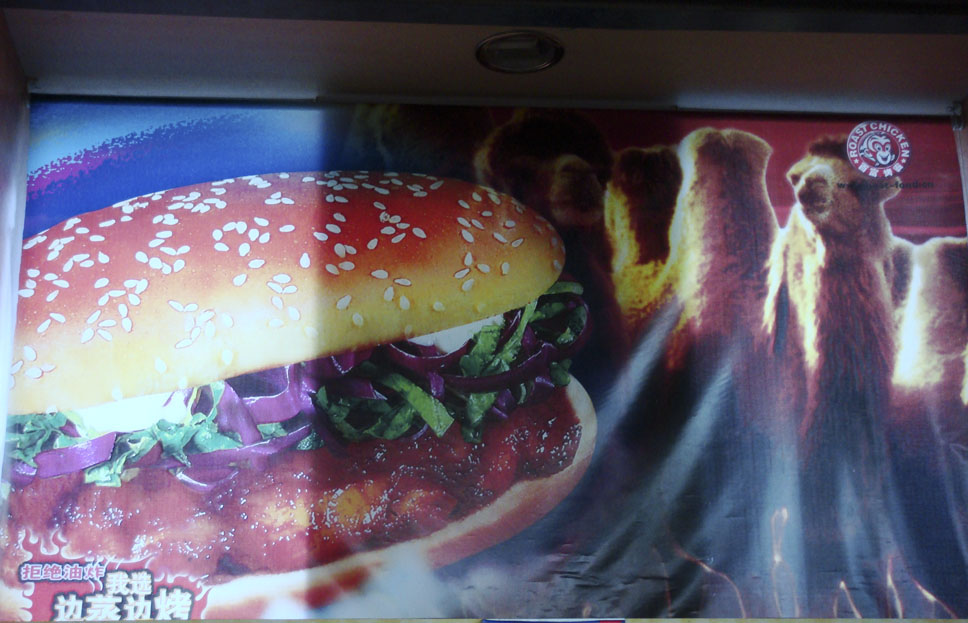
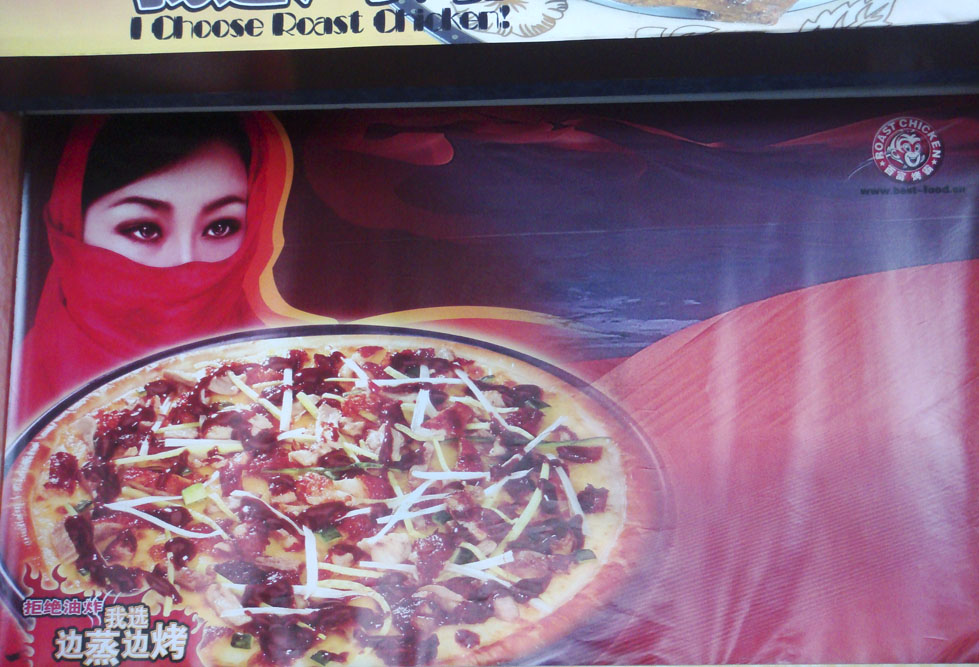

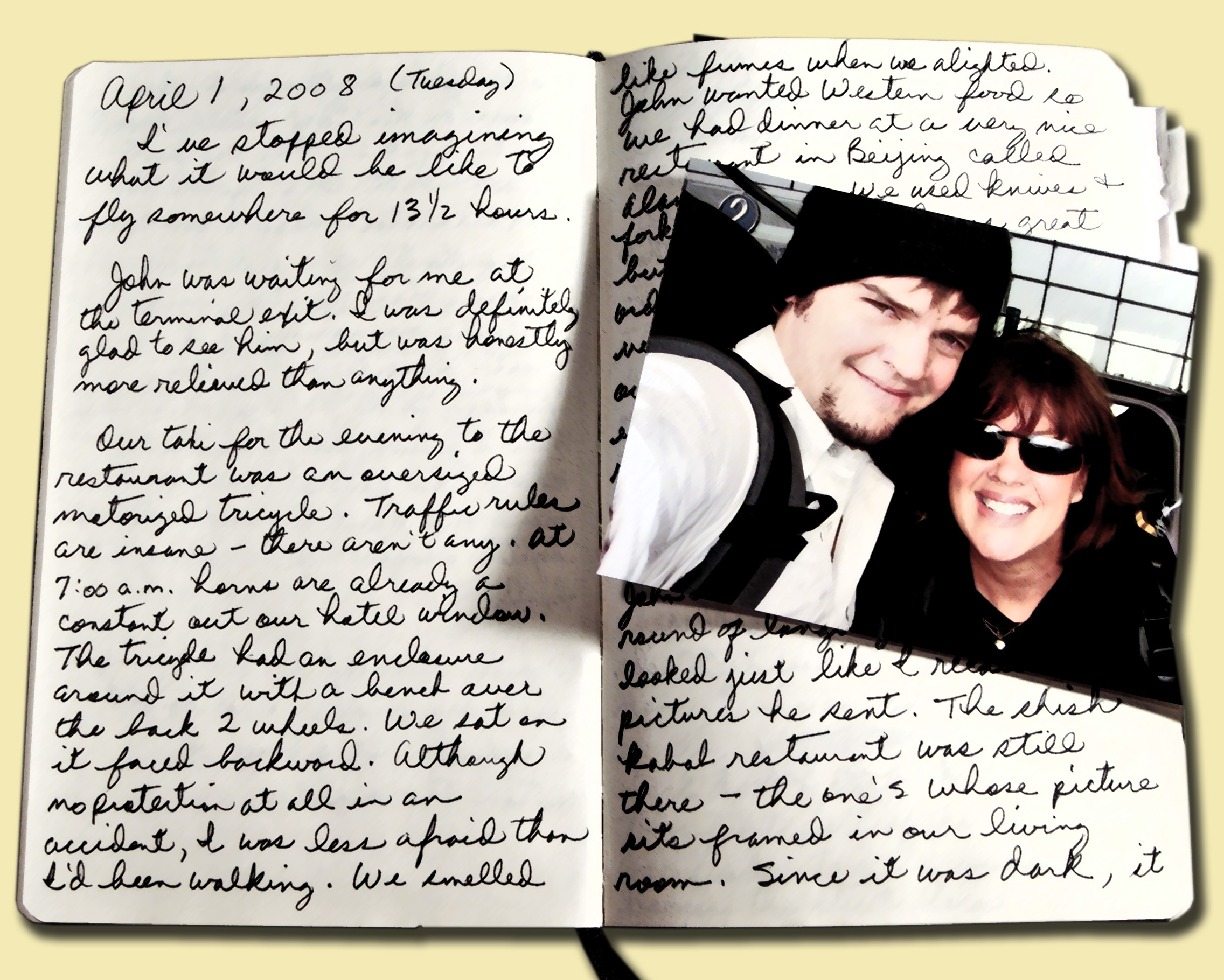

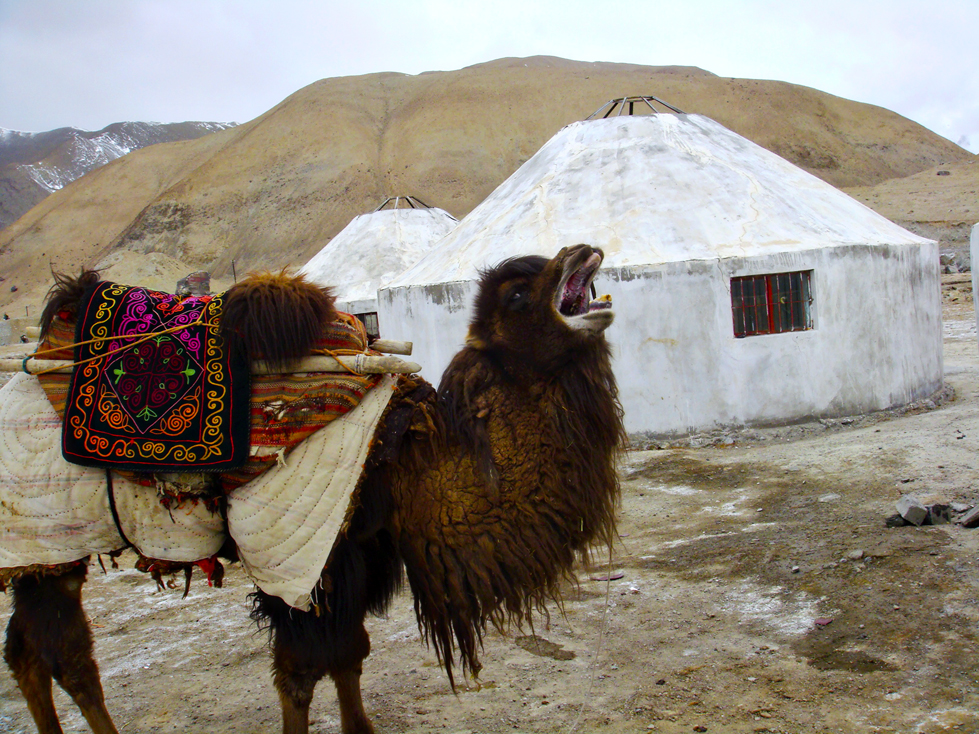
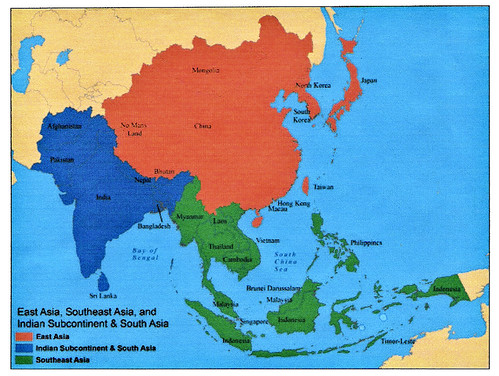
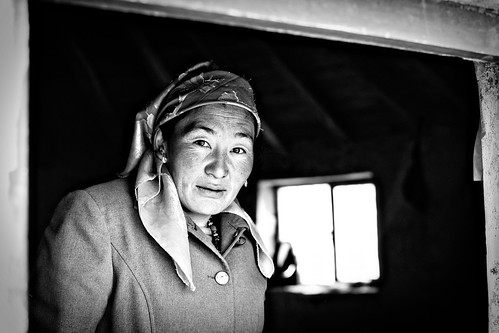
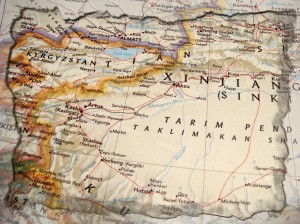
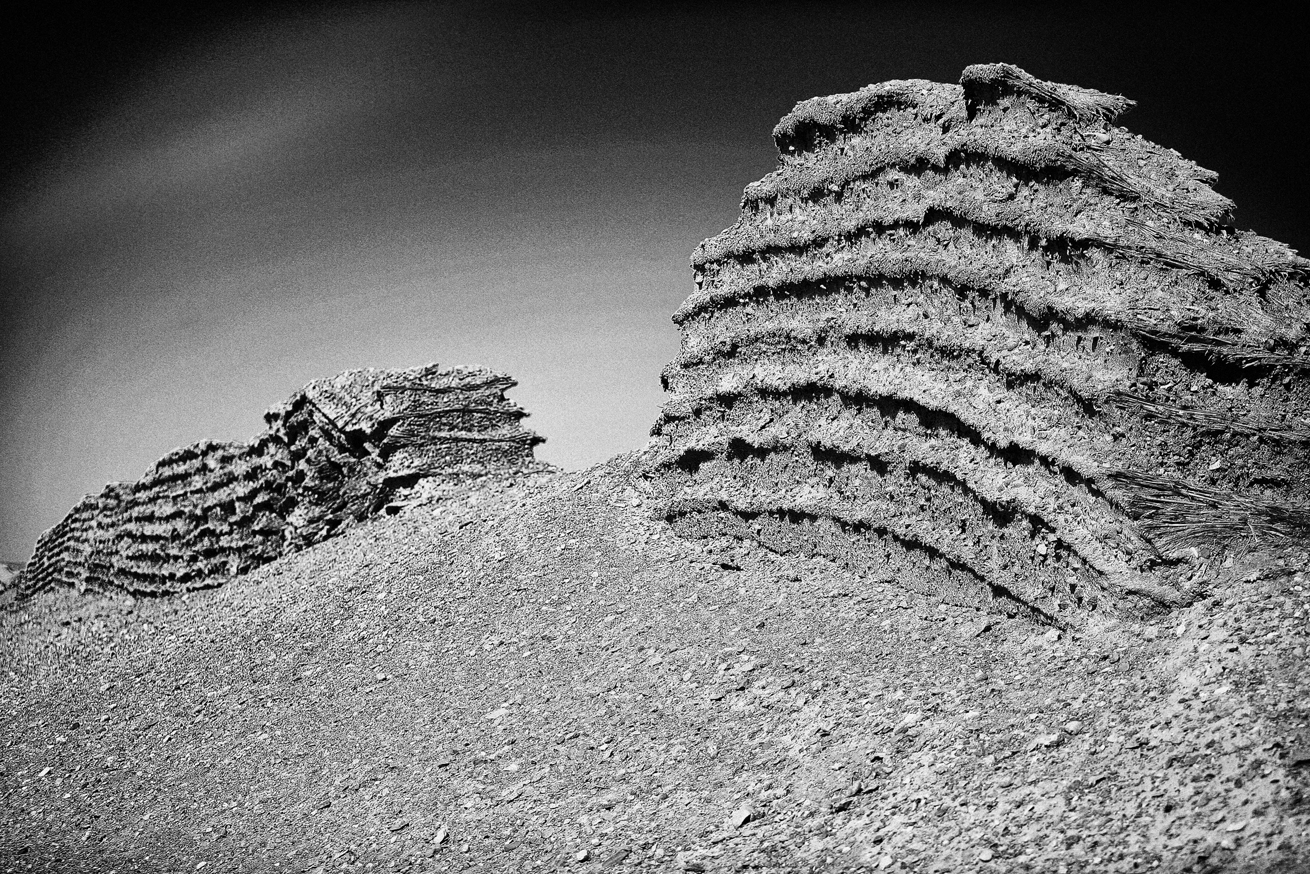
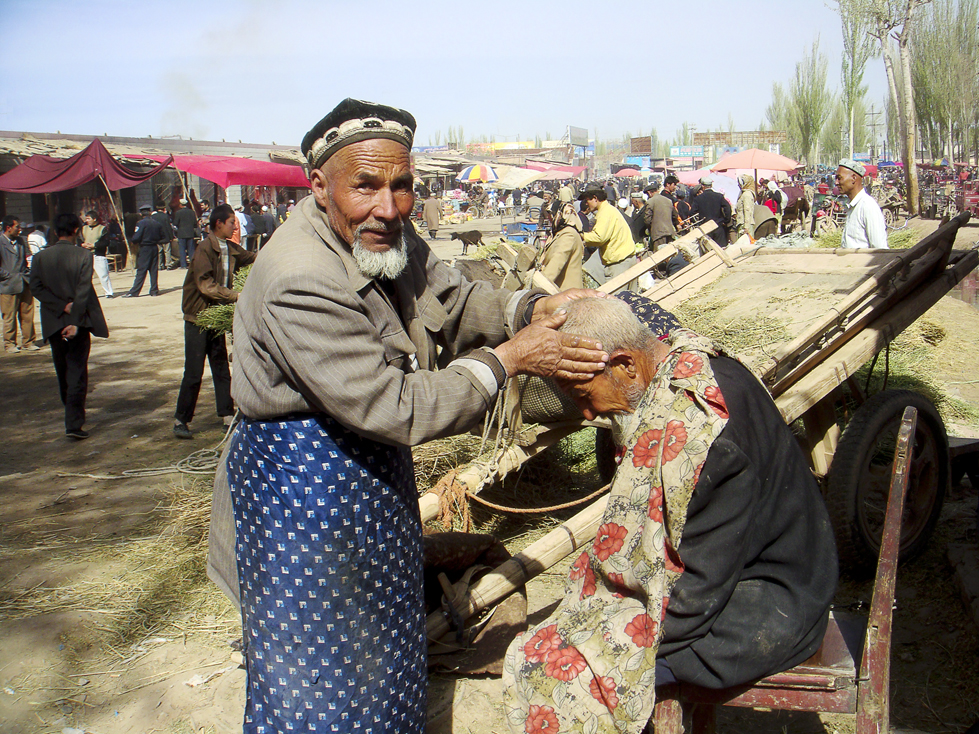

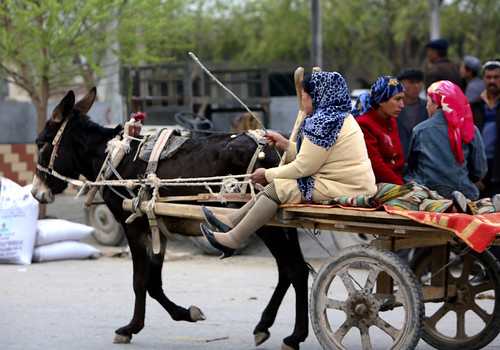
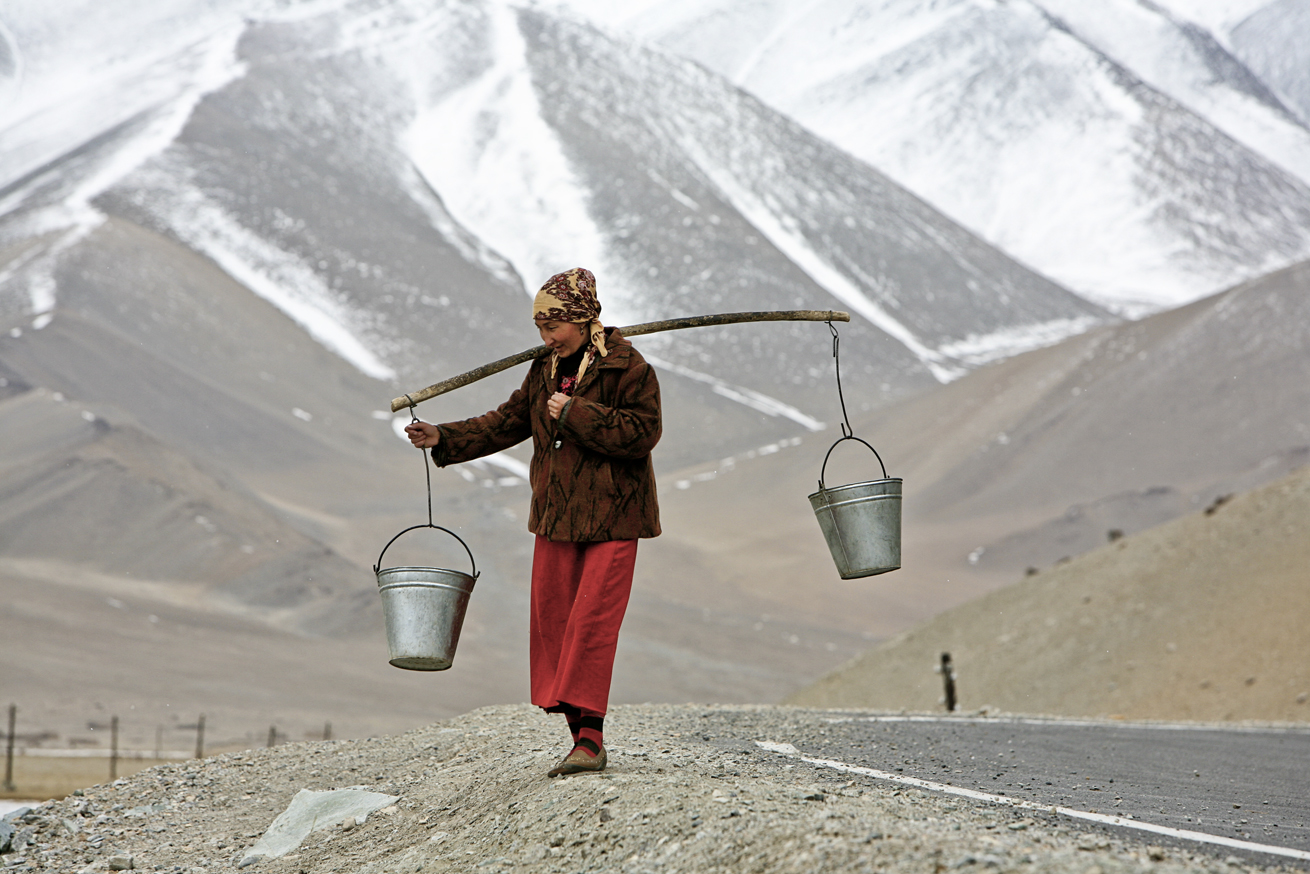
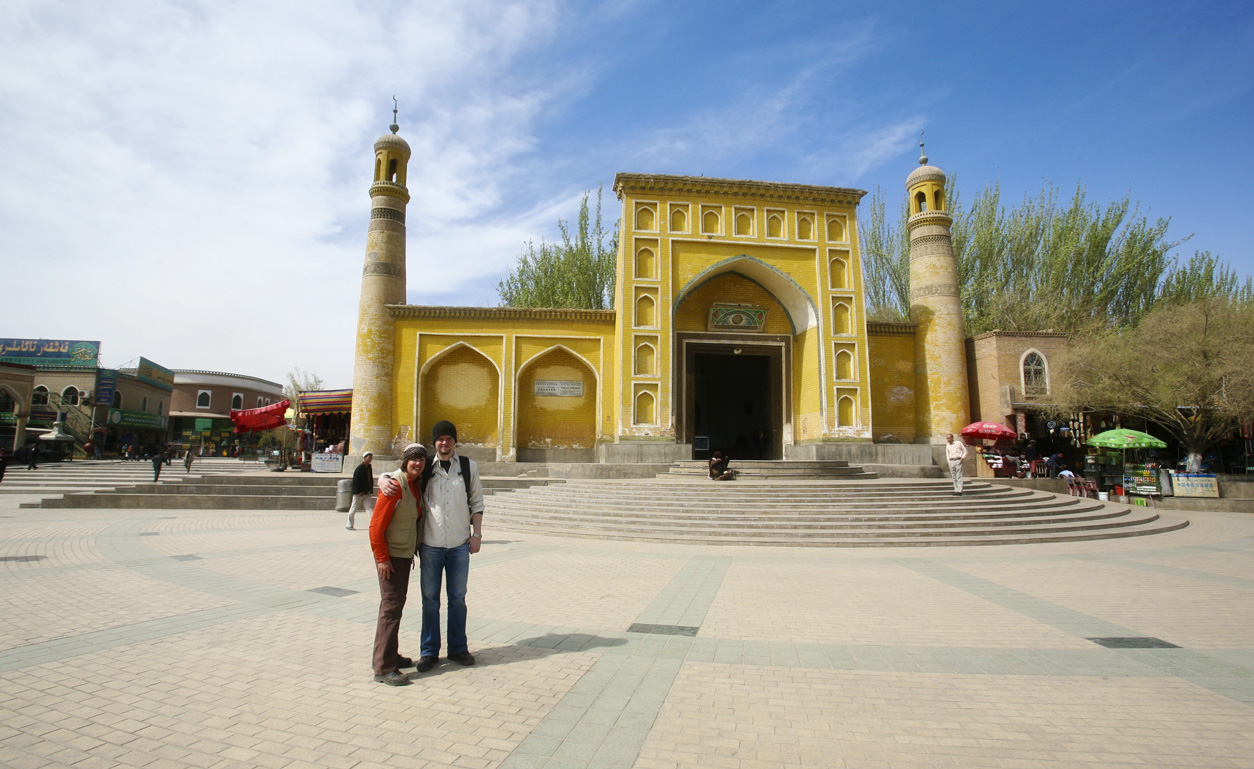
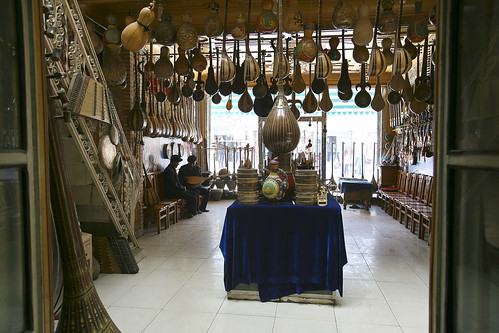

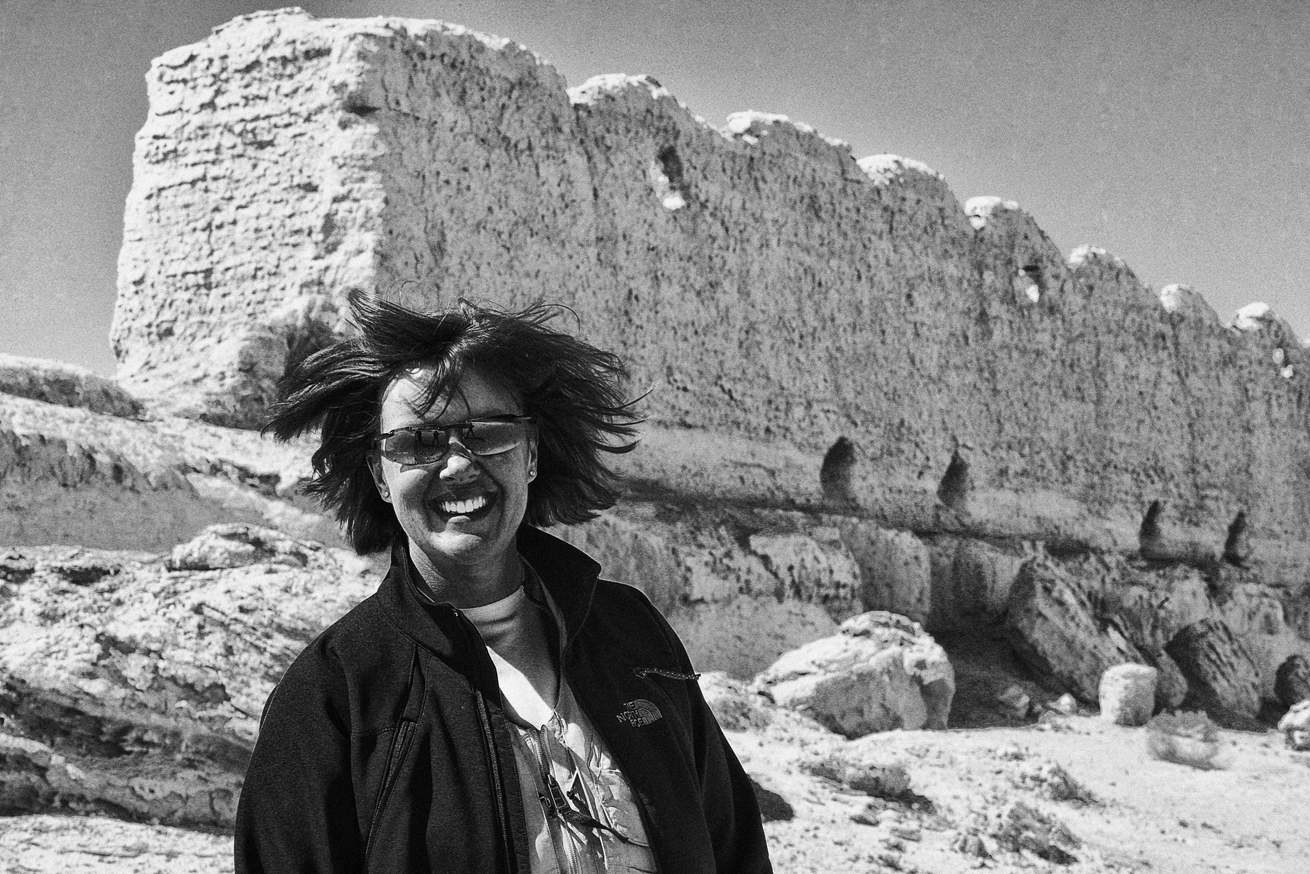
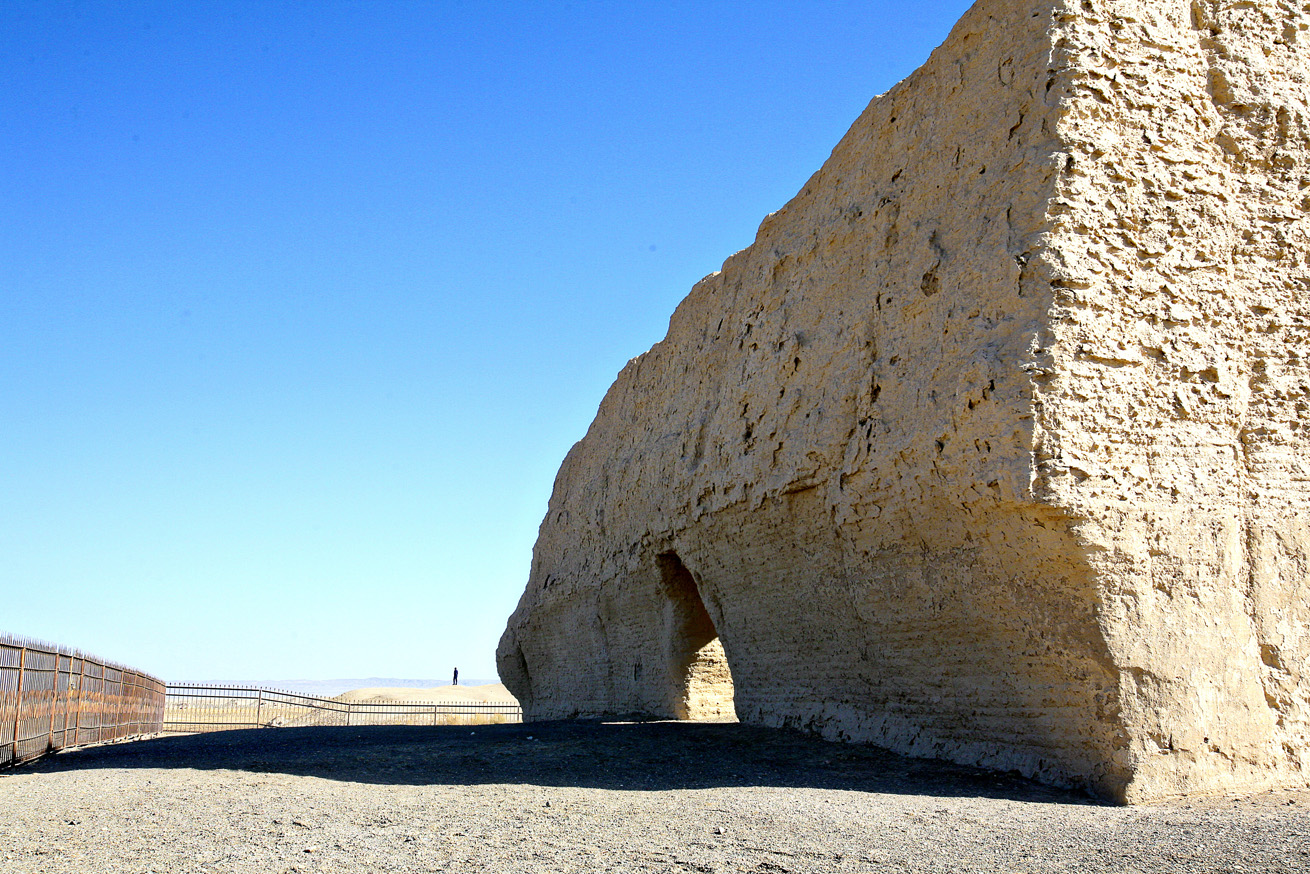
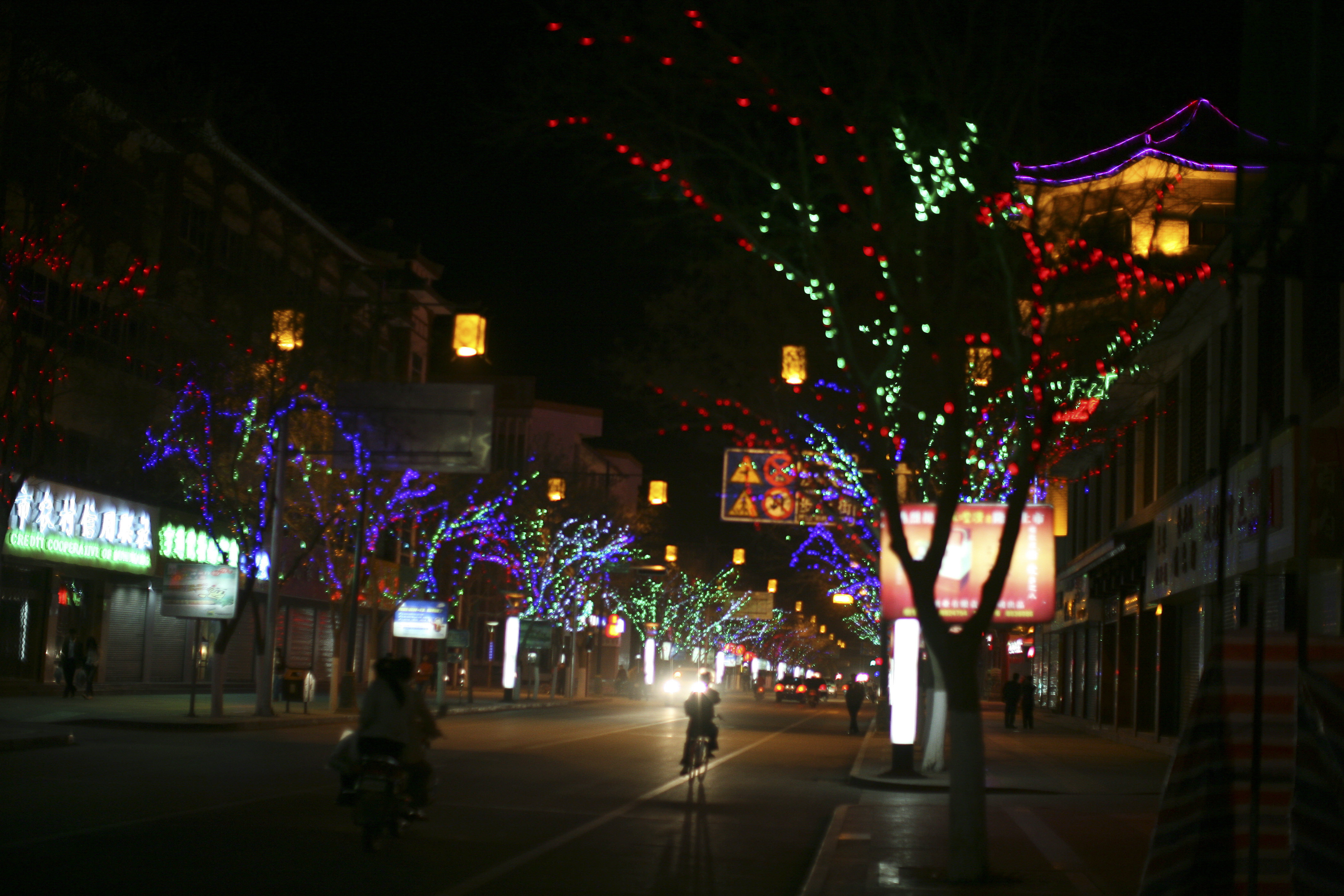
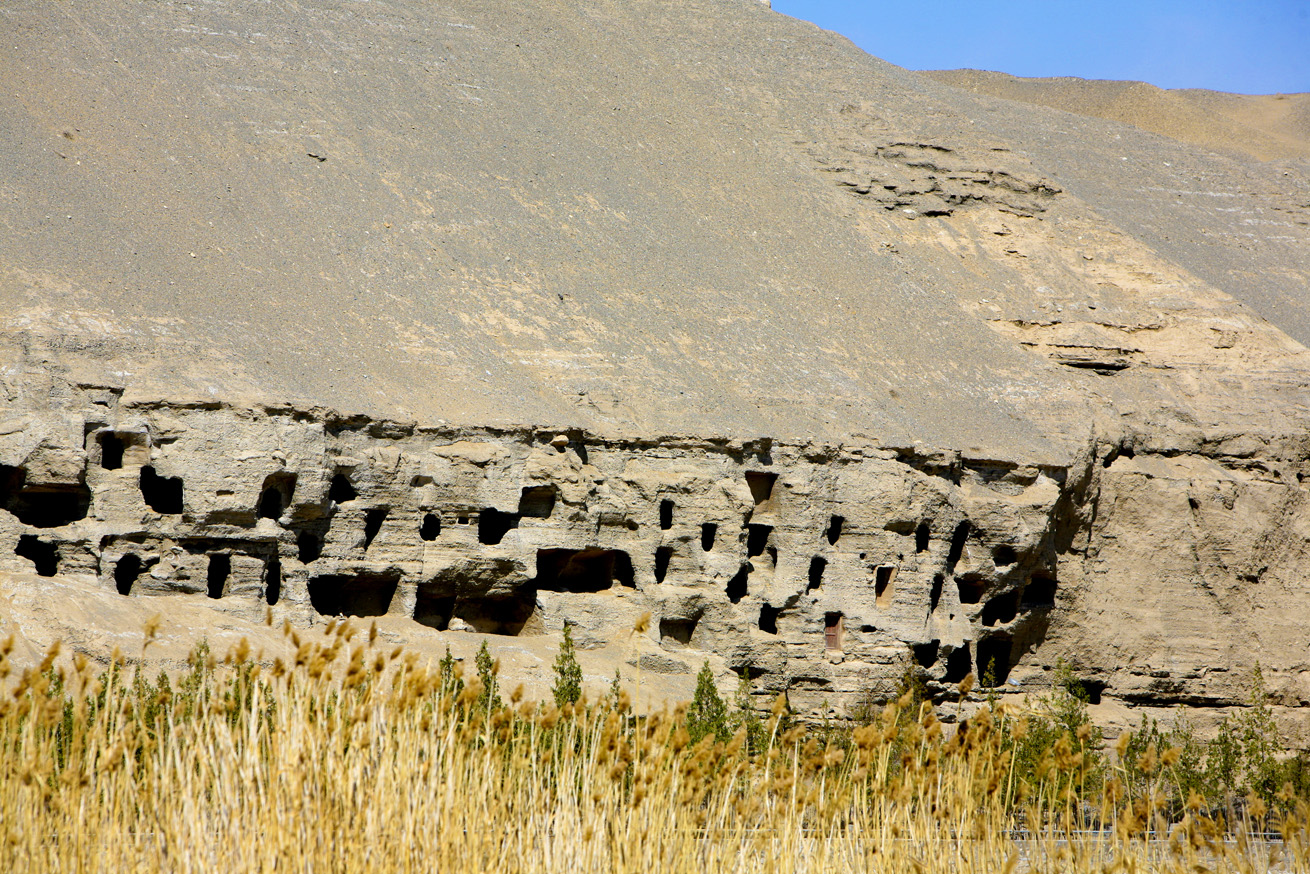



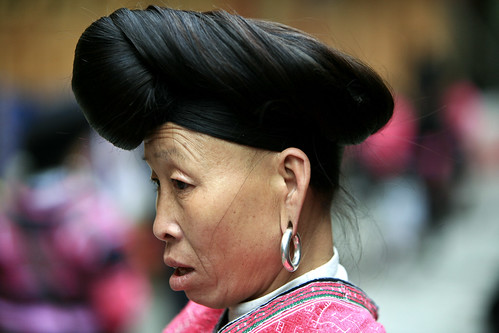

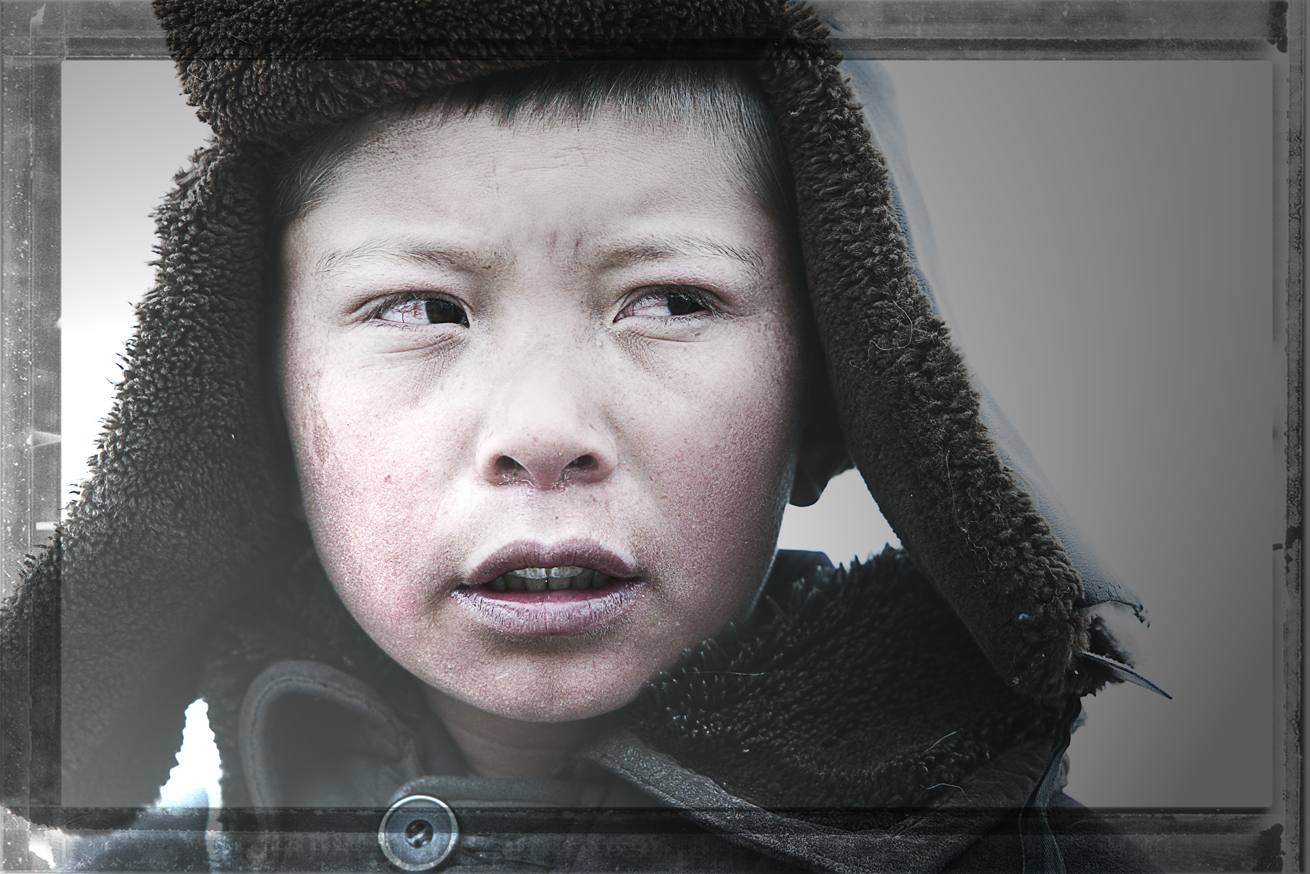
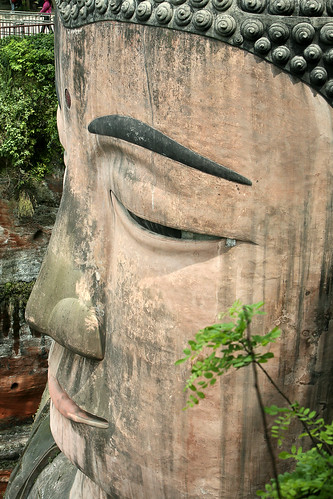
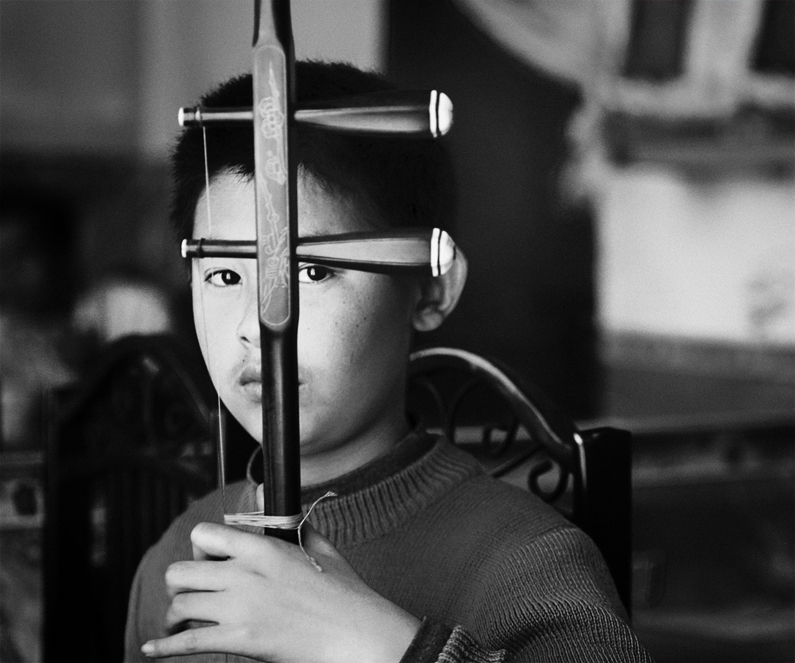
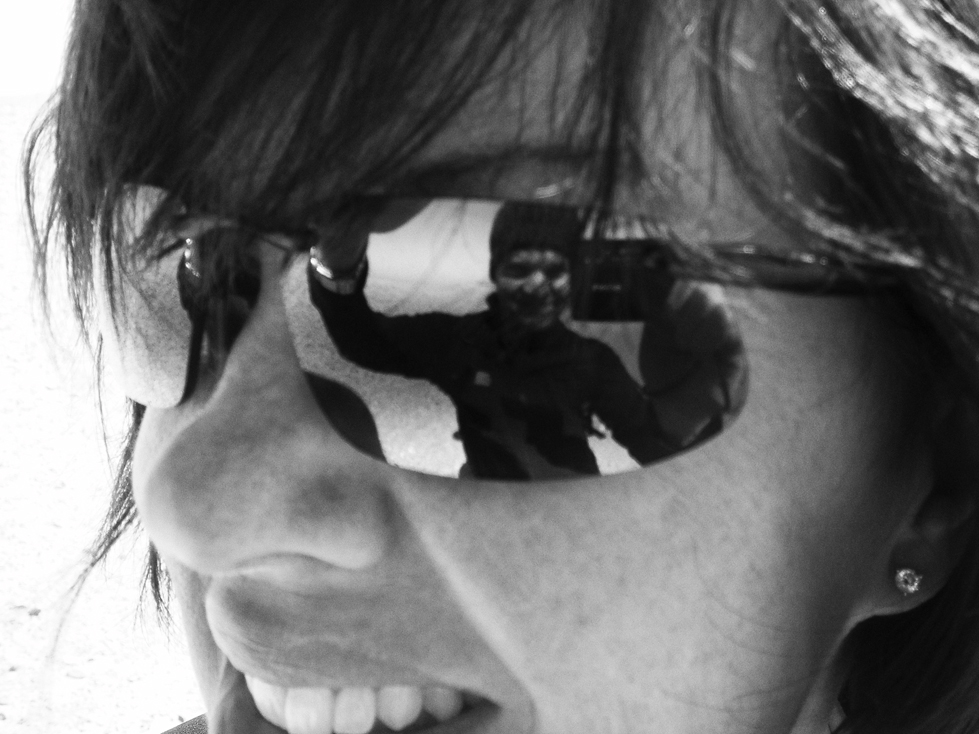
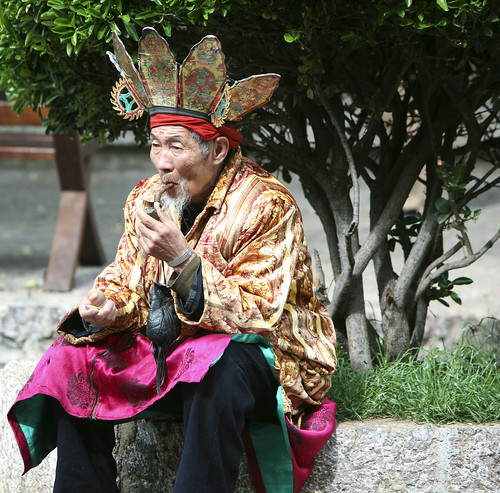
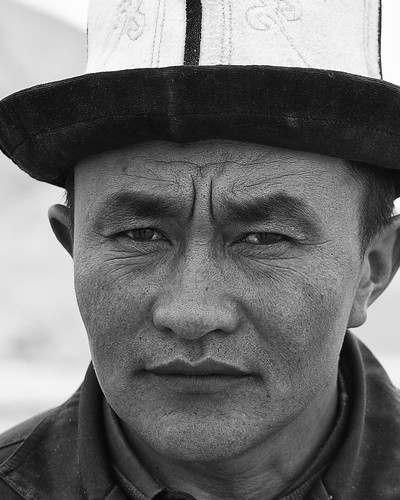
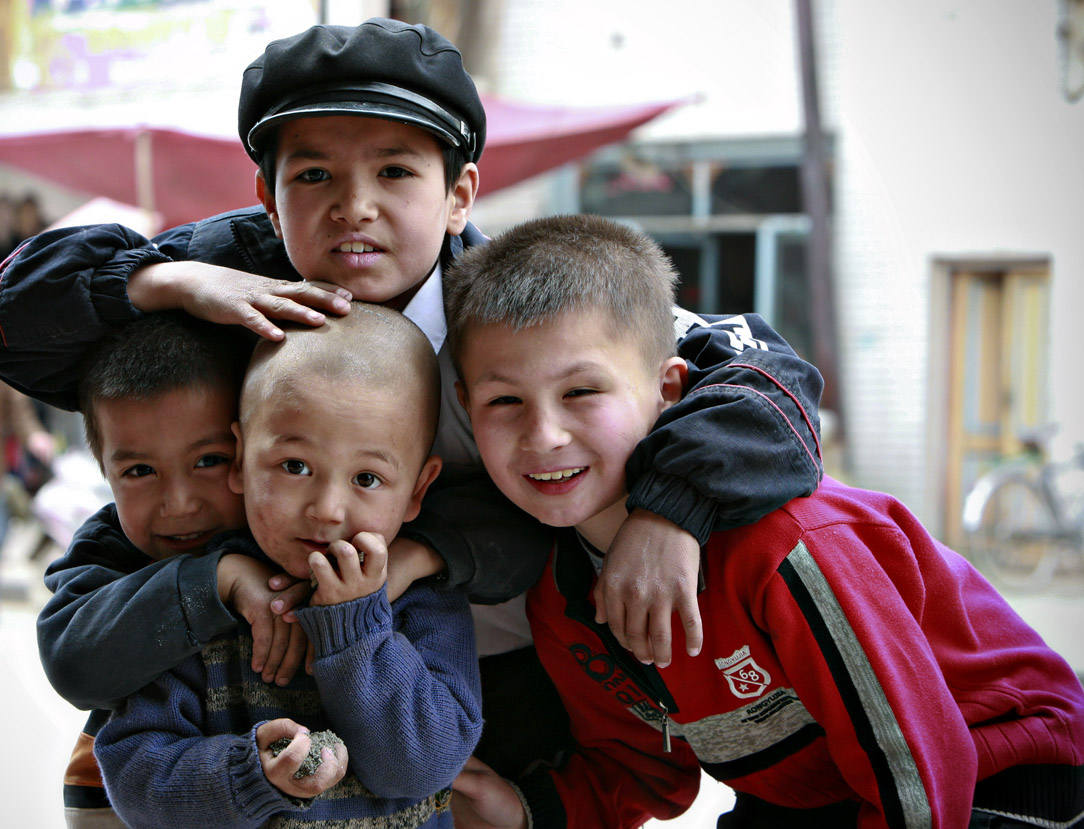
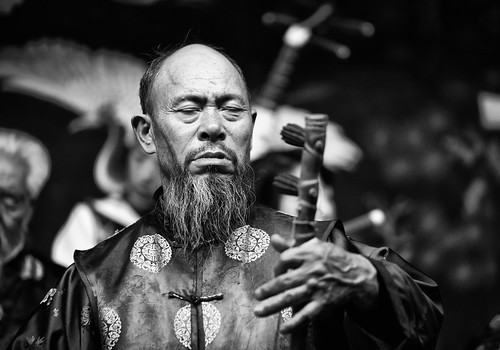
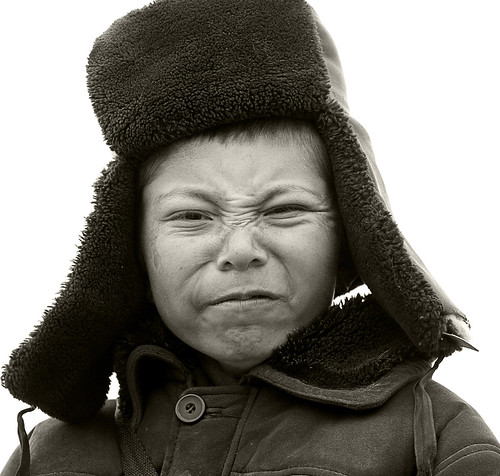
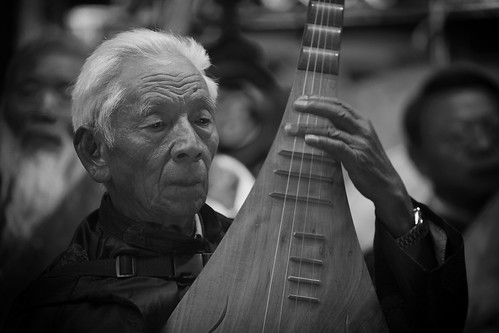



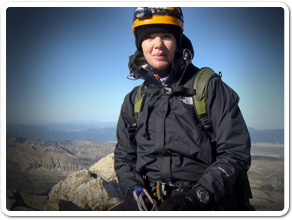
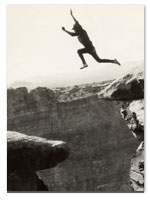 About SRT... I’m a traveler, writer and photographer for whom the open road frequently summons. Adventurous solo road trips are a staple for me, and a curiosity. So I created this website to share them and inspire you to step out and give them a try. Welcome!
About SRT... I’m a traveler, writer and photographer for whom the open road frequently summons. Adventurous solo road trips are a staple for me, and a curiosity. So I created this website to share them and inspire you to step out and give them a try. Welcome! 
